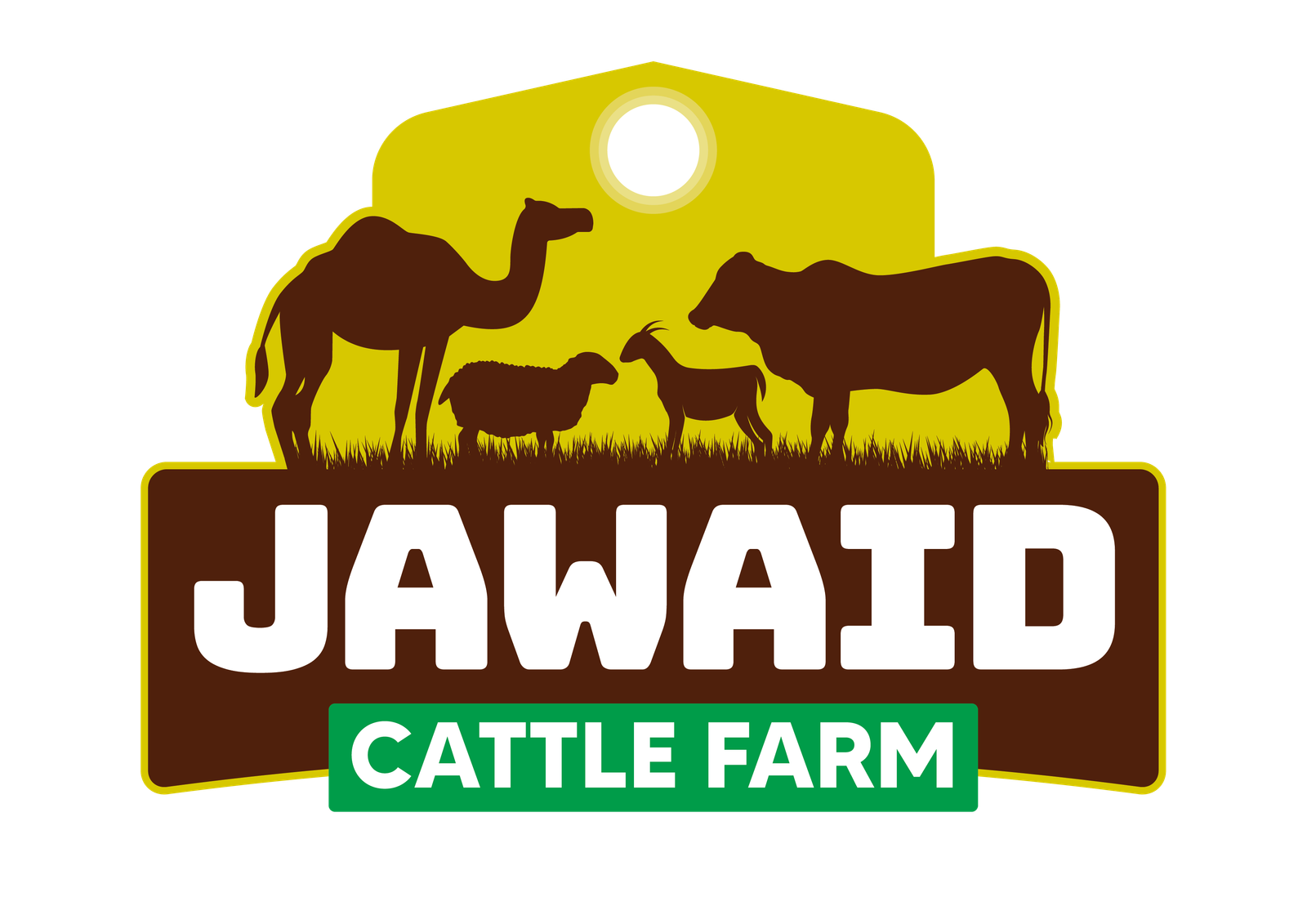
The Cholistani Cow: A Desert Treasure
Originating from the arid and challenging terrain of the Cholistani Desert, the Cholistani cow emerges as a remarkable breed, finely honed by its environment to exhibit unparalleled adaptability and strength.
Inhabiting a region characterized by scorching temperatures and scarce resources, the Cholistani cow has evolved to withstand these harsh conditions with remarkable resilience. Its ability to thrive in such an environment, where water and vegetation are scarce, highlights its unique physiological adaptations and efficient utilization of resources.
Central to the breed’s significance is its capacity to produce milk with a composition particularly suited for local dairy production. The high-fat content of Cholistani cow milk not only enhances its nutritional value but also makes it ideal for the production of traditional dairy products cherished in the region. This advantage underscores the breed’s importance in sustaining local dairy industries and meeting the nutritional needs of communities.
Beyond its role in dairy production, the Cholistani cow plays a vital role in agricultural labor, serving as a dependable partner in tasks such as transport and field plowing. Its robust build and superior strength make it well-suited for such demanding tasks, further solidifying its value to local farmers and agricultural practices.
When examining the physical attributes of the Cholistani cow, it is evident that both genders exhibit considerable variation in weight. Females typically range between 300-400 kg, while males boast a more substantial frame, weighing in at 500-600 kg. This diversity in size reflects the breed’s versatility, as it can fulfill a range of roles, from milk production to heavy labor, with equal efficiency.
The Cholistani cow’s adaptation to its environment is a testament to the intricate interplay between genetics and environmental pressures. Through generations of natural selection, the breed has developed traits that maximize its chances of survival in the desert landscape, including heat tolerance, water efficiency, and resilience to drought.
In addition to its practical utility, the Cholistani cow holds significant cultural importance within the communities of the Cholistan Desert. Revered for its strength, resilience, and contributions to livelihoods, it is deeply woven into the fabric of local traditions and heritage. Its presence is celebrated in festivals, folklore, and daily life, serving as a symbol of endurance and sustenance.
As custodians of biodiversity, it is imperative to recognize and preserve the genetic diversity embodied by breeds like the Cholistani cow. By safeguarding these unique genetic resources, we not only ensure the resilience of local ecosystems but also uphold the cultural heritage and livelihoods of communities reliant on these animals.
In conclusion, the Cholistani cow represents more than just a breed of livestock; it embodies the resilience, adaptability, and cultural richness of the Cholistan Desert. From its ability to thrive in challenging environments to its invaluable contributions to local economies and cultural traditions, this breed serves as a living testament to the profound connection between humans, animals, and the land they inhabit. As we confront the challenges of a rapidly changing world, the lessons learned from the Cholistani cow’s journey offer invaluable insights into building sustainable and resilient food systems that honor both nature and culture. Preserving this breed and its unique genetic traits is not just a matter of agricultural conservation; it’s a commitment to safeguarding the rich tapestry of life that defines our shared heritage.
